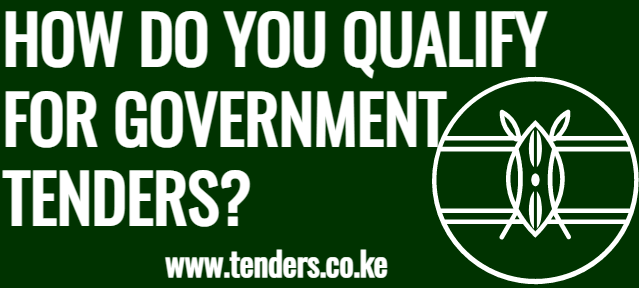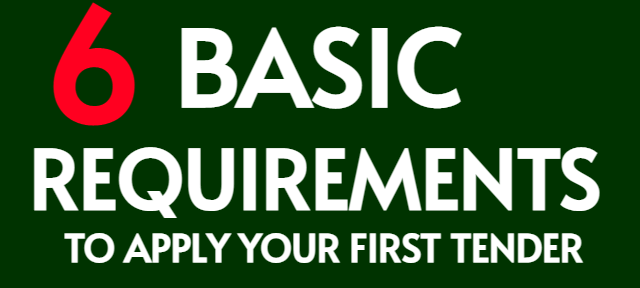The tendering process typically follows one of two submission formats: physical or online.
-
Physical submission involves printing, organizing, and delivering hard copy documents to a designated tender box.
-
Online submission requires uploading the necessary documents to a company’s procurement portal.
Regardless of the method, the preparation steps are largely the same. Below are 10 essential steps to enhance your chances of winning a tender.
✅ 10 Key Steps to Winning a Tender
1. Identify the Right Opportunities
Start with proper market research. Opportunities can be found in:
-
Local newspapers
-
Government portals like the Public Procurement Information Portal (PPIP)
-
Commercial tender platforms such as TenderSoko and Tenders Kenya
-
Company websites and social media pages
👉 Tip: Save time and boost results by using Tenders.co.ke — your one-stop hub for real-time tender alerts from across Kenya.
2. Create a Tender Checklist
Each tender comes with specific requirements. A checklist ensures:
-
You meet all criteria
-
No key documents are missed
-
Easy tracking during preparation
✅ Before submission, double-check everything against your list.
3. Ensure All Company Documents Are Updated
Maintain updated versions of:
-
CR12 or CR13
-
PIN certificate
-
Tax Compliance Certificate
-
AGPO Certificate
📌 Pro tip: Set reminders for document renewal every 11 months to avoid expiry mishaps.
4. Use Certified Copies of Company Documents
Certification by a lawyer or commissioner for oaths increases document credibility.
Even if not required, submitting certified documents shows professionalism and builds trust.
5. Follow the Tender Instructions Exactly
Every tender has its own rules. Read the instructions carefully and follow them to the letter:
-
Label documents as instructed
-
Use required formats (e.g. PDF, Excel)
-
Avoid bundling unrelated files
⚠️ Skipping steps—even minor ones—can disqualify your bid.
6. Provide Accurate Company Information
Ensure:
-
Business name, address, and contact details are correct
-
Information matches official documents and your company stamp
-
Forms like the Confidential Business Questionnaire (CBQ) are filled properly.
7. Attach Relevant References
Stand out by showing your track record:
-
Letters of award
-
Completed project certificates
-
LPOs from similar past contracts
📁 Highlight relevant work experience for better scoring.
8. Show Financial Capacity
Provide:
-
Audited financial statements (for established companies)
-
Certified bank statements (for newer businesses)
📊 This assures evaluators that you can finance and deliver the project.
9. Sign, Stamp, and Paginate Your Documents
-
Stamp and sign all required areas
-
Number your pages sequentially
-
Add a table of contents and label sections clearly
🖇️ For physical submissions, bind your documents neatly.
10. Submit on Time
Don’t wait until the last minute!
Online portals may crash from heavy traffic. Submit at least 24 hours early to stay safe.
Finally
Winning a tender is not luck—it’s a result of preparation, presentation, and professionalism. Treat every tender like a project. Assign time, resources, and focus.
Whether it’s physical or digital, make your bid stand out with:
-
Clean formatting
-
Clear document structure
-
Well-labelled folders (for online submission)






